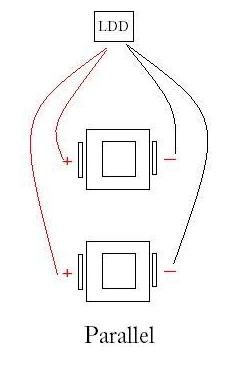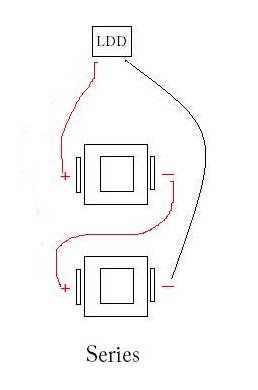karlmarx
New member
Hi I got two LED multichips and both have failed within days of each other after a year of flawless service. One of them is still kinda of running here's the circumstances of events.
The colors started flashing like crazy and then went completely blue. Now only the blue inner and outer rows are lit. The center Blue and the two white don't light anymore. The colors occasionally will flash some purpler coloring.
I already ordered new multichips, my question is can it be reversed, and how can I prevent it from happening in the future. I have a 65c temp cutoff switch, was it a result of overheating?
The colors started flashing like crazy and then went completely blue. Now only the blue inner and outer rows are lit. The center Blue and the two white don't light anymore. The colors occasionally will flash some purpler coloring.
I already ordered new multichips, my question is can it be reversed, and how can I prevent it from happening in the future. I have a 65c temp cutoff switch, was it a result of overheating?






